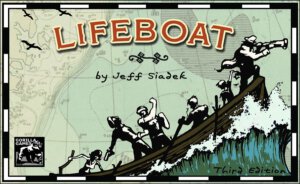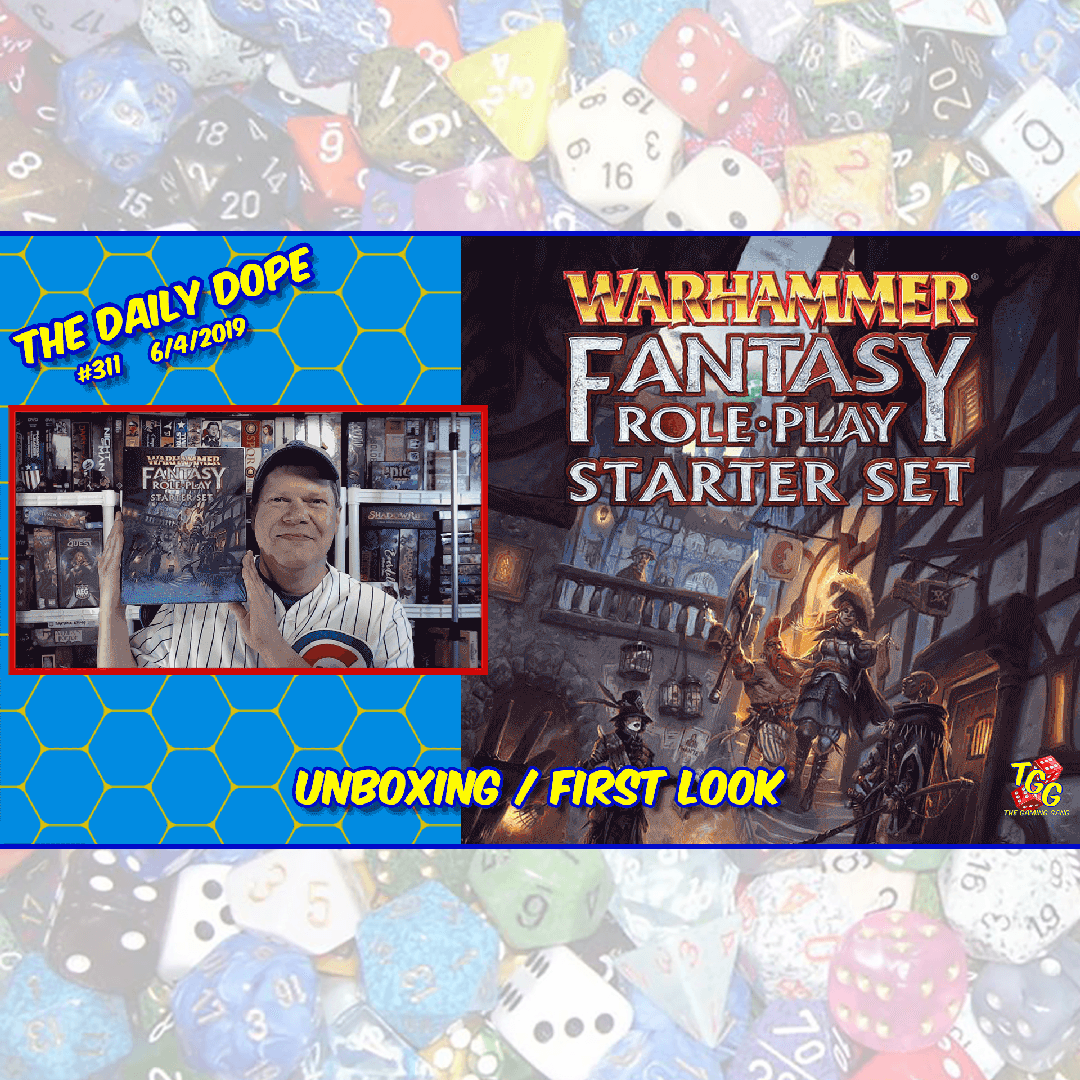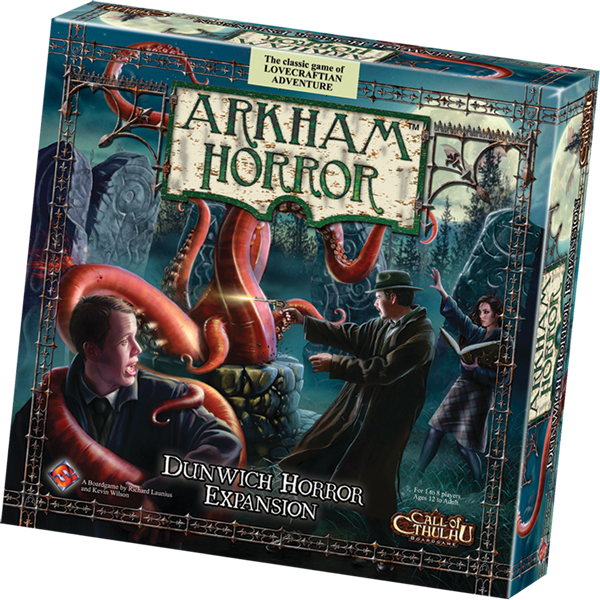Publisher: Gorilla Games
Designer: Jeff Siadek
Artist: Stephen K. Ratter
Year: 2002 (Third edition 2010)
Players: Four to six players
Ages: 12+
Playing time: 45 to 60 minutes
MSRP: $19.95
Sometimes you’re in the mood for a game that is going to pit your fellow gamers, and yourself, against each other in a no holes barred scrap. Whenever that impulse strikes you, and you have 45 to 60 minutes to spare, a good bet for fun is Lifeboat from Gorilla Games.
Lifeboat is a game for 4-6 players with players taking on the roles of Victoria era survivors left adrift in a lifeboat after their ship has sunk. Originally released in 2002 from Fat Messiah Games, the game was shackled with extremely poor components and didn’t make much of a splash. A reprint by Gorilla Games appeared in 2007 and the latest 2010 release features nicer artwork and sturdier cardstock. I will point out even though there’s an indication that you can play with four people, I really recommend at least five.
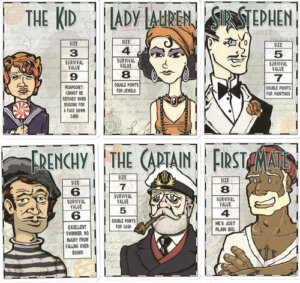
Character cards are lined up in the boat, front to back – bow to stern. At the bow is located the Provisions Deck and at the stern is the Navigation deck. The player located at the bow is the Quartermaster and draws cards equal to the number of living players in the lifeboat, chooses a card for himself, then passes the rest to the next player in the boat. The second player chooses a card and hands off the rest to the third player. This continues until the final player receives the last, left over card.
Every living character in the game, in order from bow to stern, then gets to take one action. They can decide to do nothing, row the boat, attempt to change seats, mug someone to take a Provision Card, or take a special action as indicated on a card. Rowing the boat allows the player to draw a card from the Navigation Deck to be placed in the Row Stack, changing seats simply enough is too try to move closer to the bow or the stern, mugging someone can net the player a Provision Card from the victim’s stash, while taking a special action can be any number of things from something played from a provision card or an ability that particular character has available to him.
Changing seats or mugging someone can lead to a fight. The player who is considered the victim in these situations can either choose to allow the action to take place or put up a fight. If the player decides to fight for his seat or provision then the brawl is on and other players can add their support to either side. Join in the fight however and you risk getting thirsty and taking a wound.
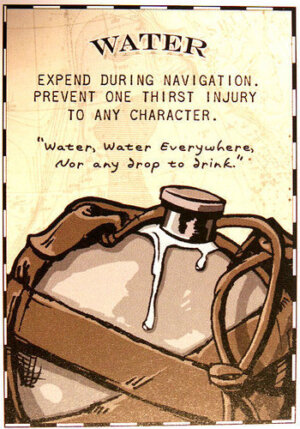
At the end of the turn the person closest to the bow will choose, from the cards placed in the Row Stack, which Navigation Card is played. It’s this card that decides who on the boat gets thirsty and who gets knocked overboard. Being knocked overboard is a big enough problem – if you’re unconscious you can bust out that harp unless you have a life preserver in play – and it gets worse if someone plays a chum card while you’re in the water. Did I mention there are sharks in the water as well as in the lifeboat?
There’s a lot going on for this being a card game. This isn’t the usual “take your turn and kick it until your turn comes around again” sort of gameplay. You’ve got to be on your toes because someone is always trying to swipe your water or muscling for a better position in the boat. If you’re in the front you’ll be handling the provisions and if you’re at the rear you’ll determine who gets thirsty or knocked overboard. Add in the fact that you’ll try your best to keep your secret love alive while doing in your enemy makes for some interesting choices to be made throughout the game.
The game comes to an end once four bird symbols have appeared on the Navigation Card chosen at the end of the turns. The fact that the last person in the boat determines when the game comes to an end helps to even the game out from just a battle to move to the front of the lifeboat.
Also available from Gorilla Games are two small expansions that add two more characters to the mix and include the infamous Cannibalism as well as Liquid Courage cards. These expansions aren’t must haves, by any means, but toss a couple of wrinkles into the game. The expansions are fun but, with an MSRP of $4.95, seem to be a little overpriced considering the price of the base game overall.
In the end, Lifeboat is a fun little title to bust out during a game night with friends who aren’t adverse to a bit of conflict in their games. This isn’t something you’ll want to engage your “happy, happy, joy, joy” pals with but, for most gamers with the outlook of games simply being games, this can be loads of fun.
[rwp-review id=”0″]


